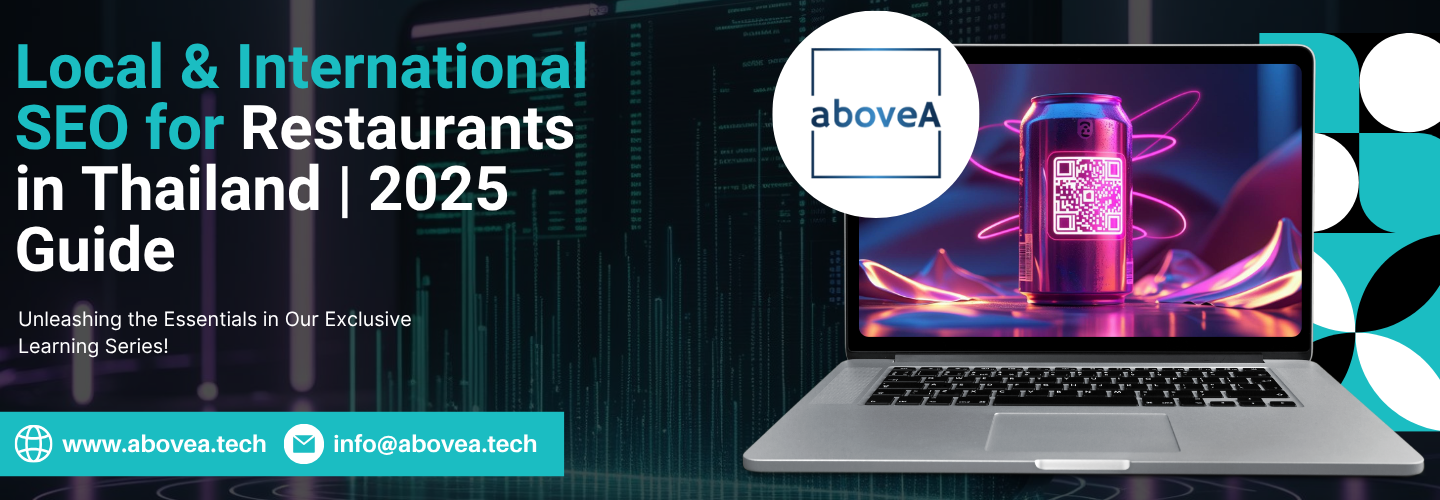
Local vs. International SEO for Restaurants in Thailand: Which One Puts More Diners at Your Tables?
Local vs. International SEO for Restaurants in Thailand is crucial for attracting both local diners and global visitors. In a country where dining is part of daily culture, competition is intense. From busy street food stalls to luxury rooftop restaurants, every business is vying to be the first to be discovered.
How people choose where to eat has changed. Locals search on Google Maps for “restaurants near me” before deciding. Tourists plan meals weeks, often searching in their language. Without strong SEO, your restaurant could be invisible to both groups. This guide will show how to use each strategy effectively.
What is Local SEO for Restaurants?
Local SEO helps your restaurant appear in searches from people nearby. This is especially important in Thailand, where mobile searches for food and cafes are high Google My Business (GMB) is the foundation. When you update your business info, add photos, and reply to reviews, your restaurant is more likely to show in Google Maps results.
Local SEO also uses Thai-language keywords like “ร้านอาหารทะเล ภูเก็ต” (seafood restaurant Phuket) or “best Pad Thai in Chiang Mai.” Adding location terms helps capture “near me” searches. Example: A Bangkok noodle shop updates GMB weekly with specials. They appear in the top local results when people search “best noodles near me.”
What is International SEO for Restaurants?
International SEO helps your restaurant get found by tourists before they arrive in Thailand. This means targeting search results in other countries, often in multiple languages.
It involves:
A multi-language website (English, Chinese, Japanese, Russian).
Tourist-focused keywords like “authentic Thai food in Bangkok” or “best Thai restaurant near Phuket beach.”
Profiles on platforms popular with travelers, like TripAdvisor and Google Travel.
Example: A Koh Samui seafood restaurant publishes English and Japanese menus online, with blog posts about “Top Seafood Dishes in Samui.” Tourists searching before their trip find the restaurant easily.
Key Differences Between Local and International SEO
| Aspect | Local SEO for Restaurants | International SEO for Restaurants |
|---|---|---|
| Target Audience | Nearby residents, local workers | Tourists, overseas visitors |
| Languages | Thai + possible English | Multiple languages |
| Search Intent | Immediate dining choice | Trip planning, reservations |
| Platforms | Google Maps, LINE OA, Facebook | TripAdvisor, Google Travel, Instagram |
| Keyword Style | Location-specific | Destination + cuisine type |
| Conversions | Walk-ins, delivery orders | Bookings, advance reservations |
Both require strong visuals, accurate info, and good reviews. The difference is in who you’re speaking to and when.
How to Balance Local and International SEO?
Balancing local and international SEO for restaurants in Thailand requires managing two distinct audiences: nearby residents and travelers from around the world, all while maintaining focus on both. The strategies can overlap, but each requires its approach.
1. Define Your Core Audiences First
Before adjusting keywords or content, clearly identify who you want to reach. For local SEO, consider the needs of neighborhood residents, nearby workers, and domestic travelers. For international SEO, focus on high-value tourist groups – such as Australians visiting Phuket, Japanese travelers in Bangkok, or European backpackers in Chiang Mai. The clearer your audience segments, the easier it is to target them with the right platforms, language, and offers.
2. Build Separate Keyword Strategies
Local keywords often focus on location and immediacy, like “best seafood restaurant in Hua Hin” or “ร้านอาหารใกล้ฉัน” (restaurants near me). International keywords should consider language and travel planning intent, like “authentic Thai food in Phuket” or “vegetarian Thai restaurant Bangkok.” Use tools such as Google Keyword Planner and SEMrush to identify search volumes in both Thai and target foreign languages.
3. Optimize Profiles for Both Markets
Google My Business is critical for local SEO, but make sure your profile also appeals to international visitors by including English descriptions and menus. For international reach, maintain active listings on TripAdvisor, Google Travel, and major booking platforms. Ensure NAP (Name, Address, Phone) consistency across all platforms in multiple languages.
4. Create Content That Serves Both Purposes
Some content can be dual-purpose if planned correctly. For example, a blog post on “Top 5 Thai Desserts” can rank locally for Thai search terms while also attracting tourists searching in English. Include localized versions of menus and event promotions alongside travel-oriented guides and cultural dining stories.
5. Monitor, Measure, and Adjust Separately
Track your local and international SEO results independently using Google Analytics 4. Monitor traffic sources, language settings, and booking data to see which audience segments convert best. Adjust campaigns accordingly; for example, increase local promotions during low tourist seasons, and boost international targeting before peak travel months.
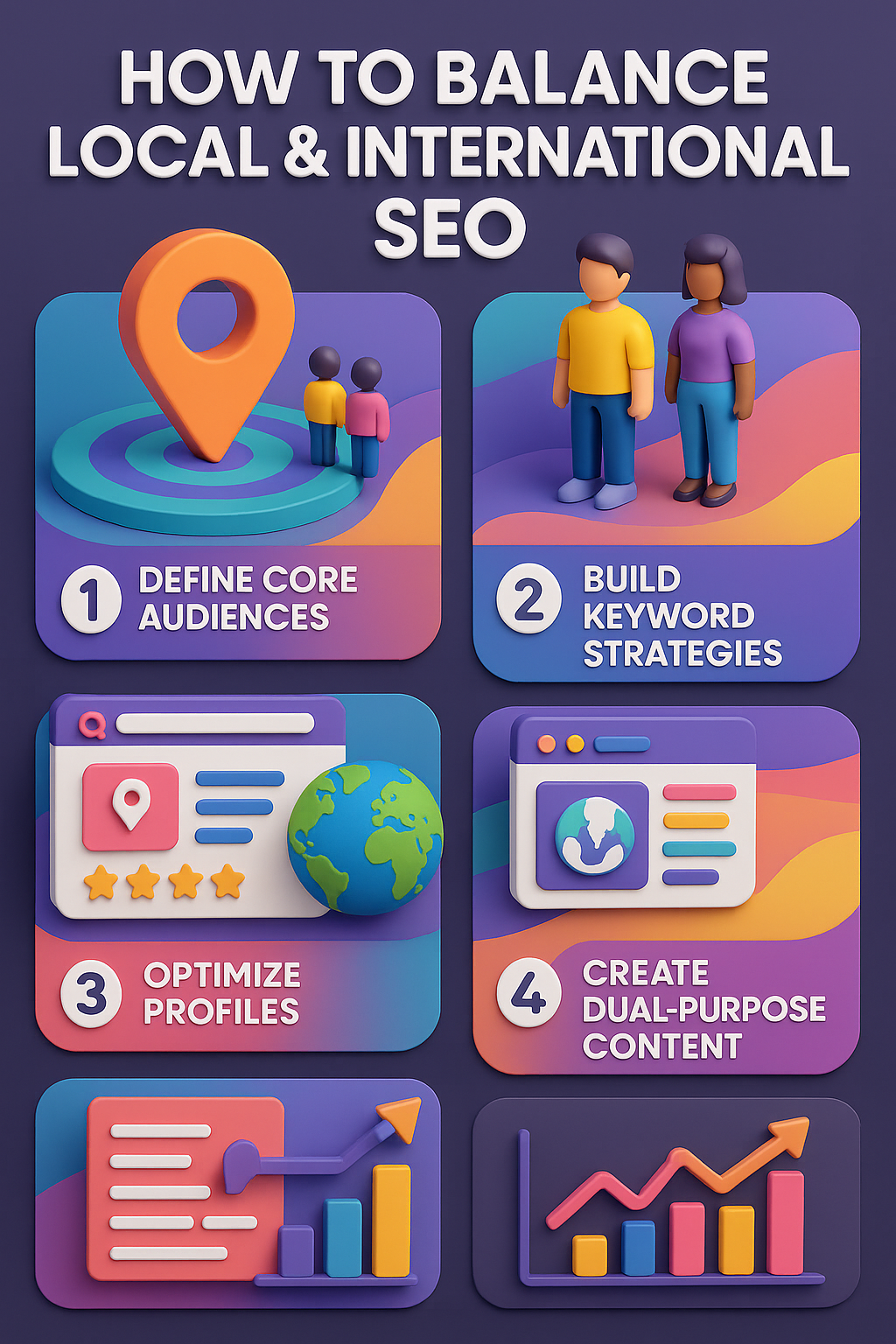
Tools & Platforms That Matter for Thai Restaurant SEO
The right platforms make the difference between being hidden and being fully booked. For Thai restaurants, both local and international SEO benefit from tools that improve visibility, manage content, and engage customers. Here are eight platforms that can help fill your tables.
Google My Business (GMB)
Google My Business is the cornerstone of local SEO for restaurants in Thailand. It ensures your business appears in Google Maps and local search results when people look for places to eat nearby. A complete GMB profile includes your address, phone number, opening hours, photos of your food and venue, and regular posts about specials or events. Reviews also play a big role – the more positive feedback you have, the higher your chances of ranking in “near me” searches. Updating your GMB weekly keeps your profile active and signals to Google that your restaurant is engaged. For tourists, GMB makes it easy to find your location, read reviews, and navigate directly to your door. For locals, it provides quick, reliable dining information.
LINE Official Account (LINE OA)
LINE Official Account is one of the most effective tools for direct customer engagement in Thailand. With more than 56 million users nationwide, it’s the platform most locals use daily. Restaurants can send promotional messages, coupons, and updates directly to customers’ phones. You can segment audiences to send different offers to locals and tourists. For example, a Bangkok café could share weekday lunch discounts with office workers, while promoting dinner specials to evening diners. LINE OA also supports booking integrations, making it easy for customers to reserve tables instantly. By combining promotions with interactive features like surveys or loyalty programs, you can boost repeat visits. This tool also works well alongside Google My Business by reinforcing your offers to people who already know your brand.
TripAdvisor Business
TripAdvisor remains one of the most trusted sources for tourists choosing restaurants in Thailand. A TripAdvisor Business profile allows you to control your restaurant’s presentation, upload high-quality photos, and update menus. Responding to reviews – both positive and negative – shows you value customer feedback, which builds credibility. International visitors often search TripAdvisor before booking flights, so a well-optimized profile can bring in customers long before they arrive. The platform’s ranking system rewards consistent engagement and strong reviews. You can also run targeted TripAdvisor ads to appear higher in search results for specific destinations like “Phuket seafood” or “Chiang Mai Thai food.” For restaurants aiming at tourists, TripAdvisor is as important as Google Maps is for locals.
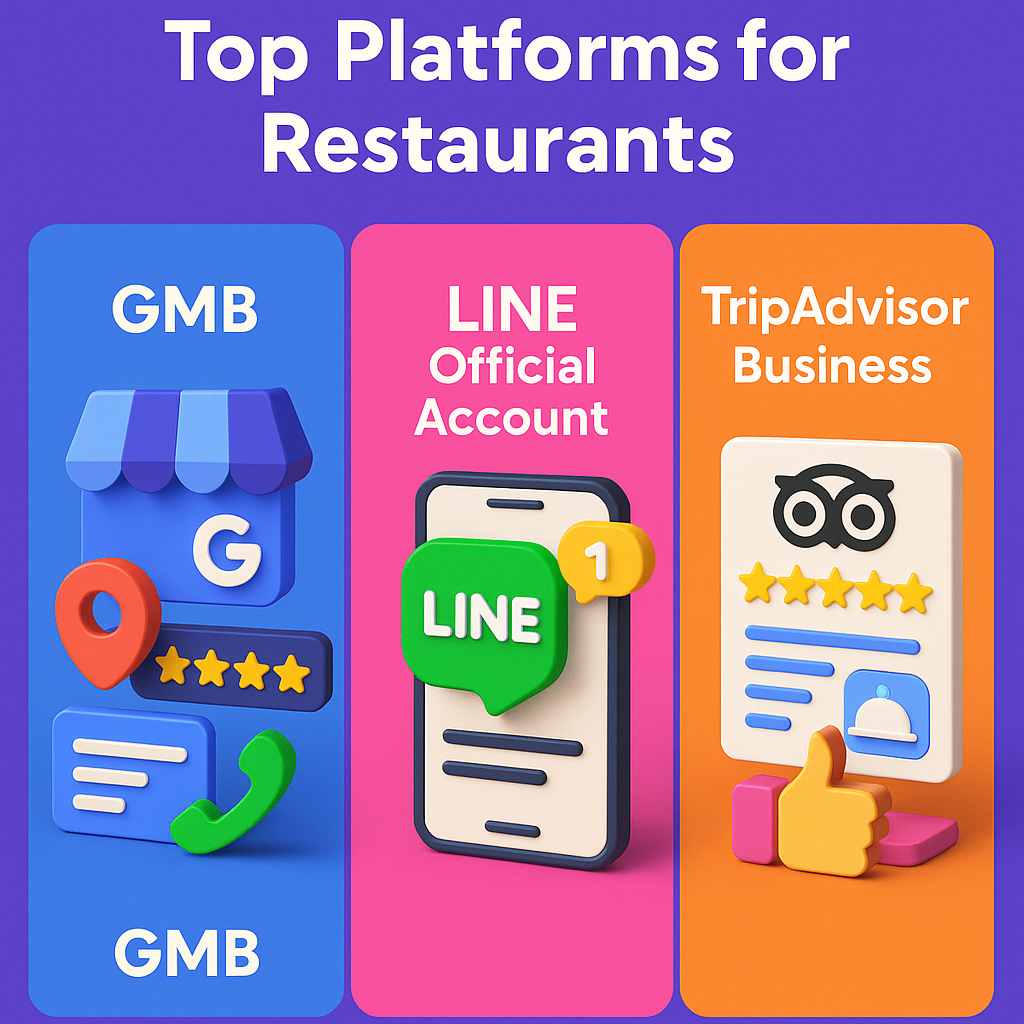
Google Keyword Planner
Google Keyword Planner helps you find the exact terms people are searching for, both locally and internationally. For local SEO, it identifies Thai-language keywords like “ร้านอาหารใกล้ฉัน” (restaurants near me) or “อาหารทะเล ภูเก็ต” (seafood Phuket). For international SEO, it reveals high-traffic English or other language phrases like “best Thai restaurant Bangkok” or “authentic Thai food Chiang Mai.” This tool also shows search volumes by country, allowing you to target top tourist markets. By aligning your website content, menus, and blog posts with these keywords, you can improve your rankings. It’s also helpful in planning seasonal promotions, such as targeting “Songkran festival food” during April. Keyword research is the foundation for every successful SEO strategy, ensuring you focus on terms that bring real customers.
SEMrush or Ahrefs
Both SEMrush and Ahrefs are powerful SEO platforms that track your keyword rankings, monitor competitor activity, and analyze backlink profiles. For restaurants, these tools help you see which search terms drive traffic to similar businesses in Thailand and abroad. You can identify gaps in your content strategy, such as missing keywords or underused blog topics. They also reveal where competitors are getting backlinks, which can guide your own outreach to food blogs or travel websites. Another benefit is the ability to track performance across different languages, making them essential for international SEO. Regular monitoring ensures you’re not only gaining visibility but maintaining it. By acting on the data, you can adjust campaigns quickly, especially in competitive food tourism hubs like Bangkok, Phuket, or Chiang Mai.
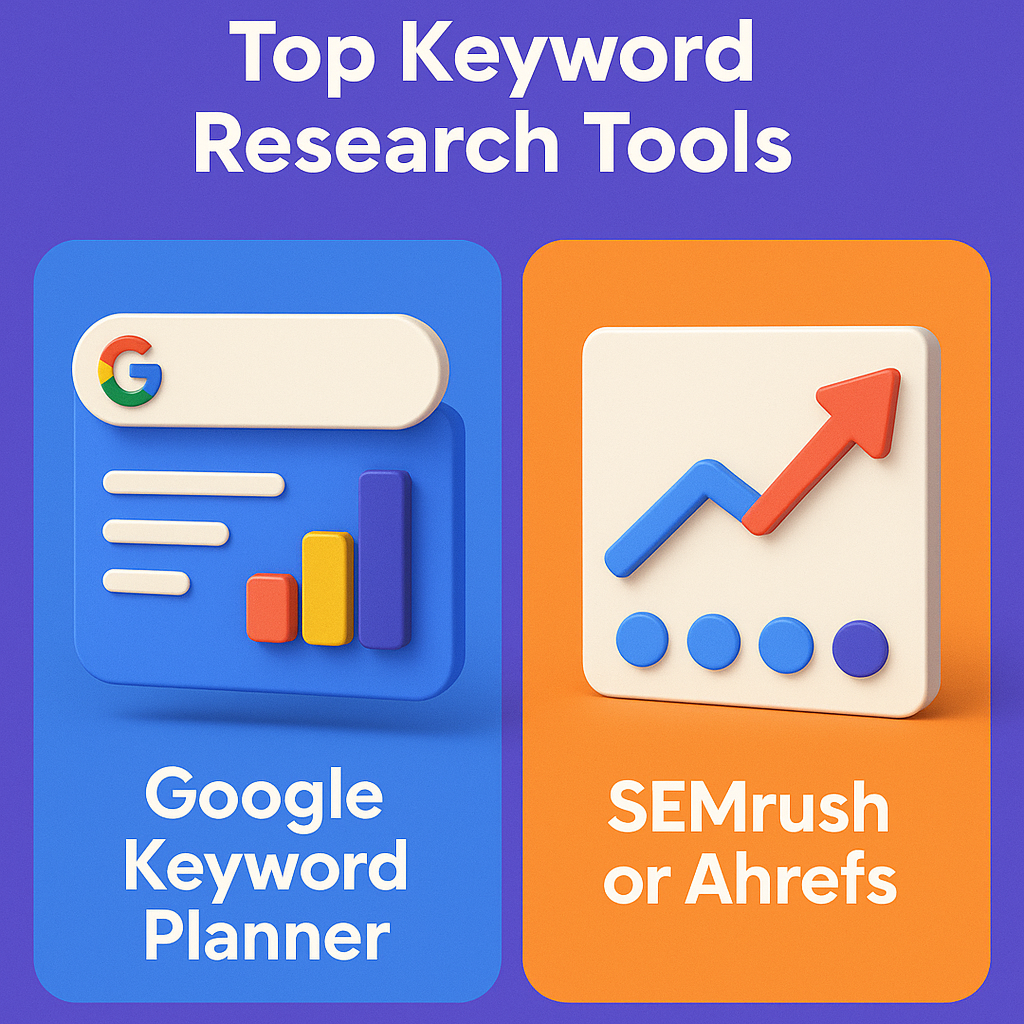
Facebook Business Suite
Facebook Business Suite lets you manage both Facebook and Instagram from one place. For Thai restaurants, it’s perfect for scheduling posts, responding to messages, and running targeted ads. You can segment campaigns to reach locals with weekday lunch offers and target tourists with dinner promotions in English or other languages. Facebook’s location targeting is powerful, letting you focus ads on people within a specific radius of your restaurant. You can also track engagement metrics to see which dishes or promotions get the most attention. Combined with Instagram’s visual appeal, this tool allows you to showcase your menu, atmosphere, and customer experiences. Posting consistently through Business Suite ensures you stay visible in customers’ feeds, which is key for both local and international SEO efforts.
Instagram Reels & TikTok
Short-form video platforms like Instagram Reels and TikTok are perfect for showcasing your restaurant’s personality and dishes. In Thailand, these platforms are highly popular with both locals and tourists, making them valuable for cross-audience marketing. You can post behind-the-scenes kitchen clips, staff introductions, or quick recipe tips to engage followers. Using trending sounds and hashtags boosts your reach. For tourists, these videos can serve as virtual previews, enticing them to visit. Adding location tags and captions in multiple languages improves discoverability. Because food content performs exceptionally well in short video format, these platforms can drive significant interest. When combined with Google My Business and TripAdvisor, they offer a complete digital experience – from discovery to decision-making.
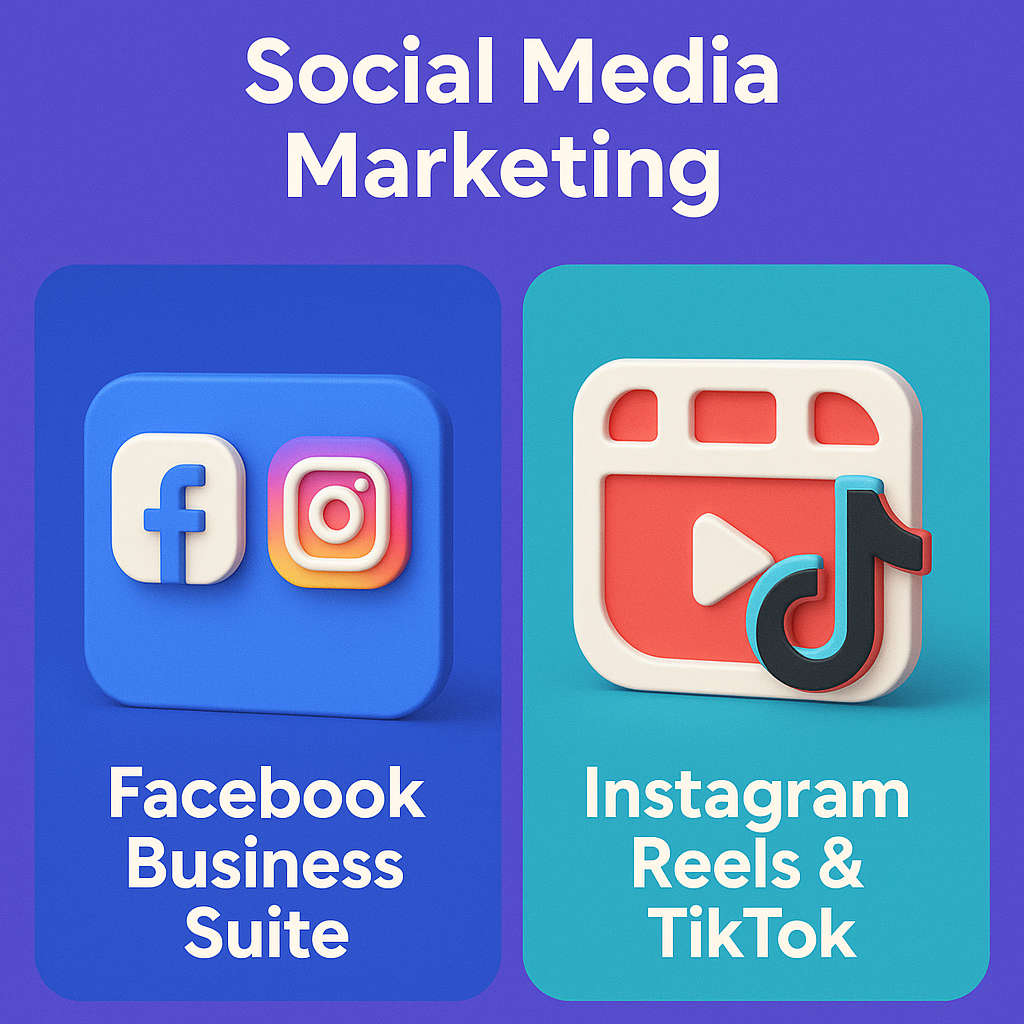
Multi-Language CMS (WordPress or Shopify)
A multi-language content management system (CMS) like WordPress or Shopify lets you create a restaurant website that serves both local and international audiences. This is essential for international SEO, as it allows you to provide menus, booking forms, and blog content in Thai, English, Chinese, Japanese, or other languages. Search engines reward websites that offer relevant content in a user’s native language, improving rankings abroad. These platforms also integrate with SEO plugins and booking systems, streamlining your online presence. For example, a Phuket seafood restaurant could have separate pages targeting “fresh seafood Phuket” in English and “อาหารทะเลสด ภูเก็ต” in Thai. This ensures both locals and tourists can easily find and understand your offerings, increasing conversion rates from search to table reservations.
Each of these tools supports a different part of your SEO strategy. Google My Business, LINE OA, and Facebook Business Suite strengthen local reach. TripAdvisor, multi-language CMS, and keyword tools boost international visibility. SEMrush and short-form video platforms help refine and expand your audience. By combining these platforms, Thai restaurants can capture both nearby diners searching “restaurants near me” and tourists planning meals weeks in advance. The key is to keep profiles updated, post regularly, and use data to guide your marketing decisions.
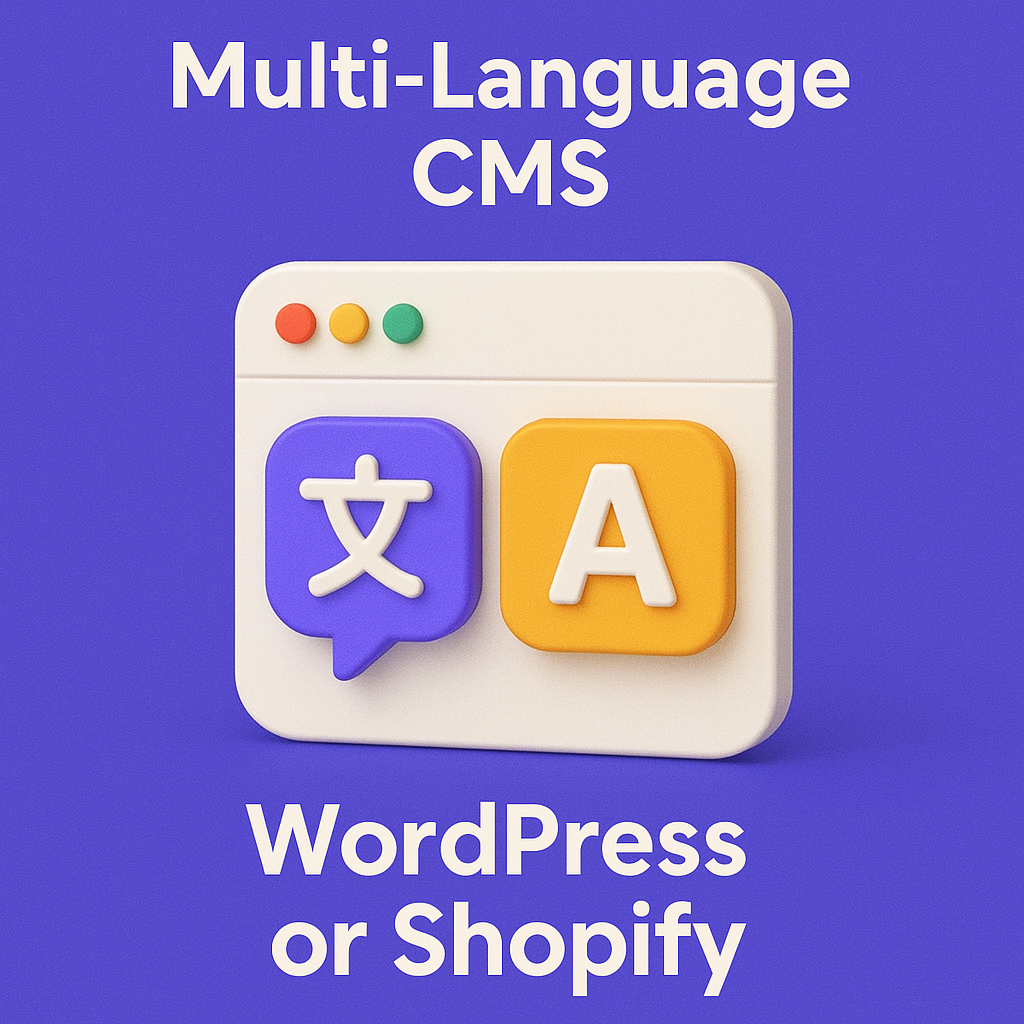
Common SEO Mistakes Thai Restaurants Make (and How aboveA Fixes Them)
Even the best restaurants can waste time and money if their SEO strategy is flawed. Here are the most common issues – and how aboveA helps avoid or correct them.
1. Ignoring Multi-Language Needs
Mistake: Many restaurants target only Thai search terms, missing out on tourists who search in English, Chinese, Japanese, or Russian.
aboveA’s Fix: We build multi-language websites and menus, optimize Google My Business and TripAdvisor in multiple languages, and ensure tourists can find you before they arrive in Thailand.
2. Inconsistent Online Information
Mistake: Different platforms show different phone numbers, opening hours, or addresses, which confuses customers and hurts local SEO rankings.
aboveA’s Fix: We audit every online profile : Google Maps, LINE OA, Facebook, TripAdvisor, and unify Name, Address, Phone (NAP) details so search engines trust your business more.
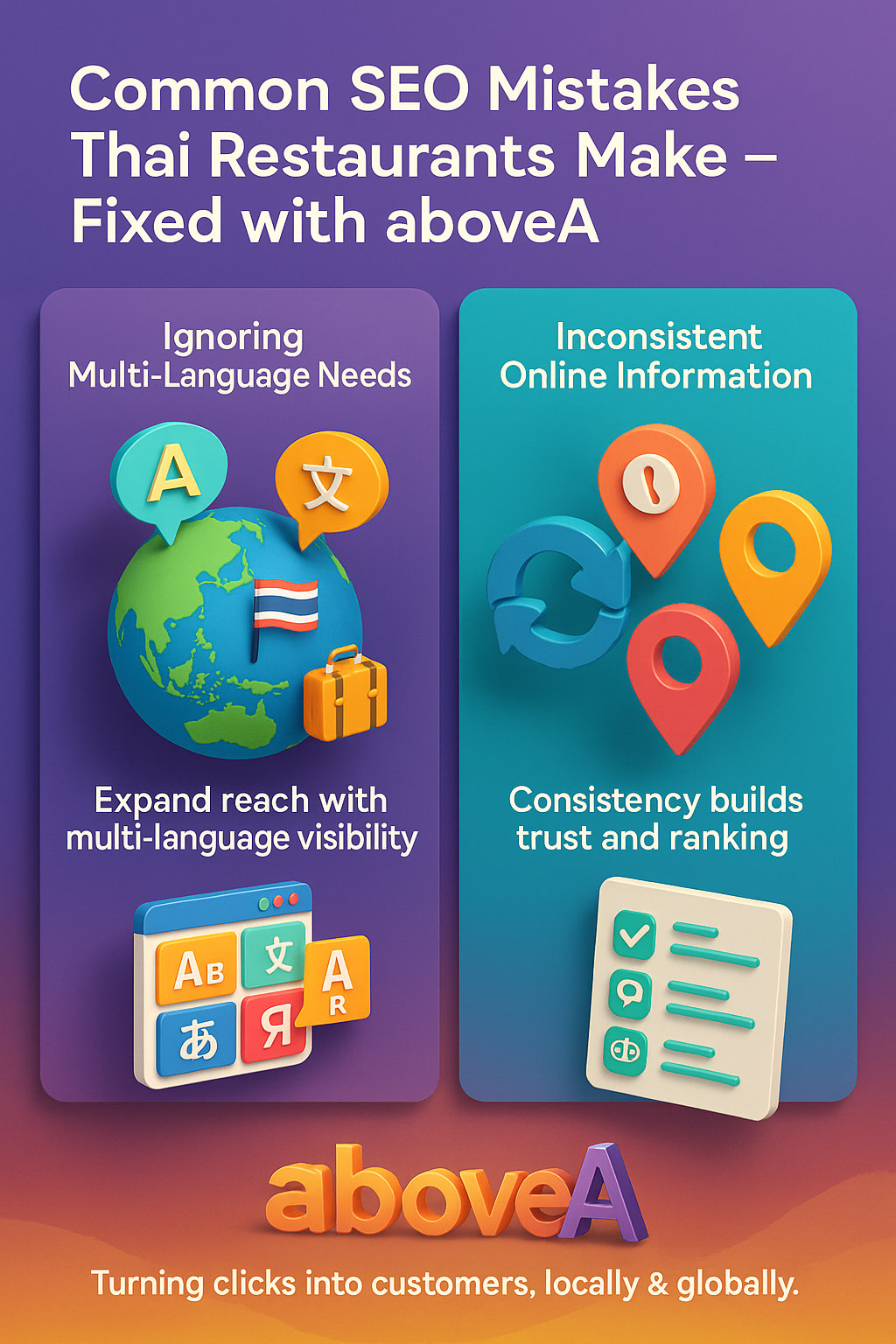
3. Neglecting Mobile Optimization
Mistake: Websites that are slow or hard to use on mobile lose customers, especially since most searches in Thailand happen on phones.
aboveA’s Fix: We design mobile-first pages with fast load times, simple menus, and tap-to-call or tap-to-book features to capture mobile visitors quickly.
4. Not Leveraging Customer Reviews
Mistake: Restaurants don’t actively collect or respond to reviews, missing a huge ranking factor for both Google Maps and TripAdvisor.
aboveA’s Fix: We implement review request systems, respond to every review professionally, and highlight positive feedback in marketing materials to boost trust and visibility.
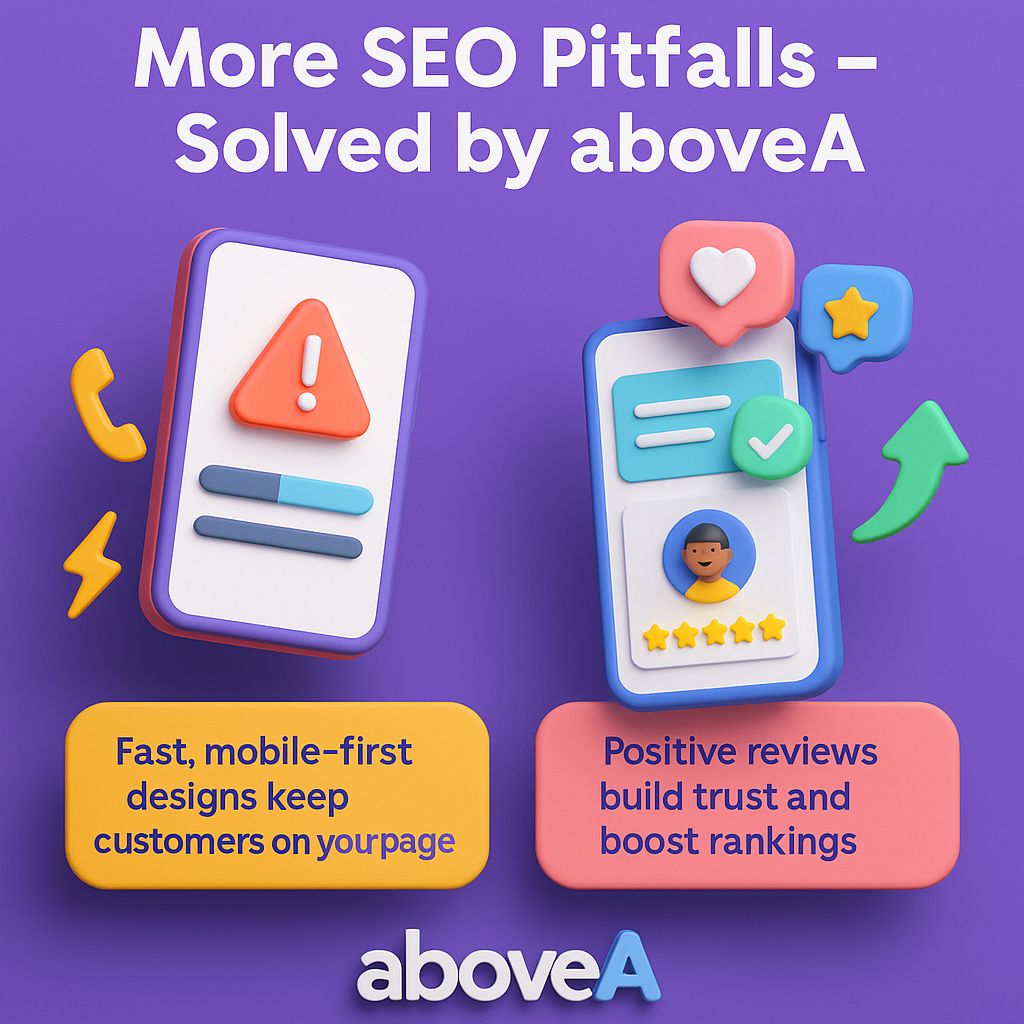
5. One-Size-Fits-All Content
Mistake: Using the same marketing content for locals and tourists reduces engagement because each audience has different priorities.
aboveA’s Fix: We create dual-track content plans local campaigns for nearby diners, and cultural, experience-driven content for tourists so both groups feel directly addressed.
At aboveA, we don’t just point out mistakes – we fix them with a tailored SEO strategy that blends local dominance and international reach. This ensures every search, whether in Thai or another language, has the potential to bring diners to your tables.
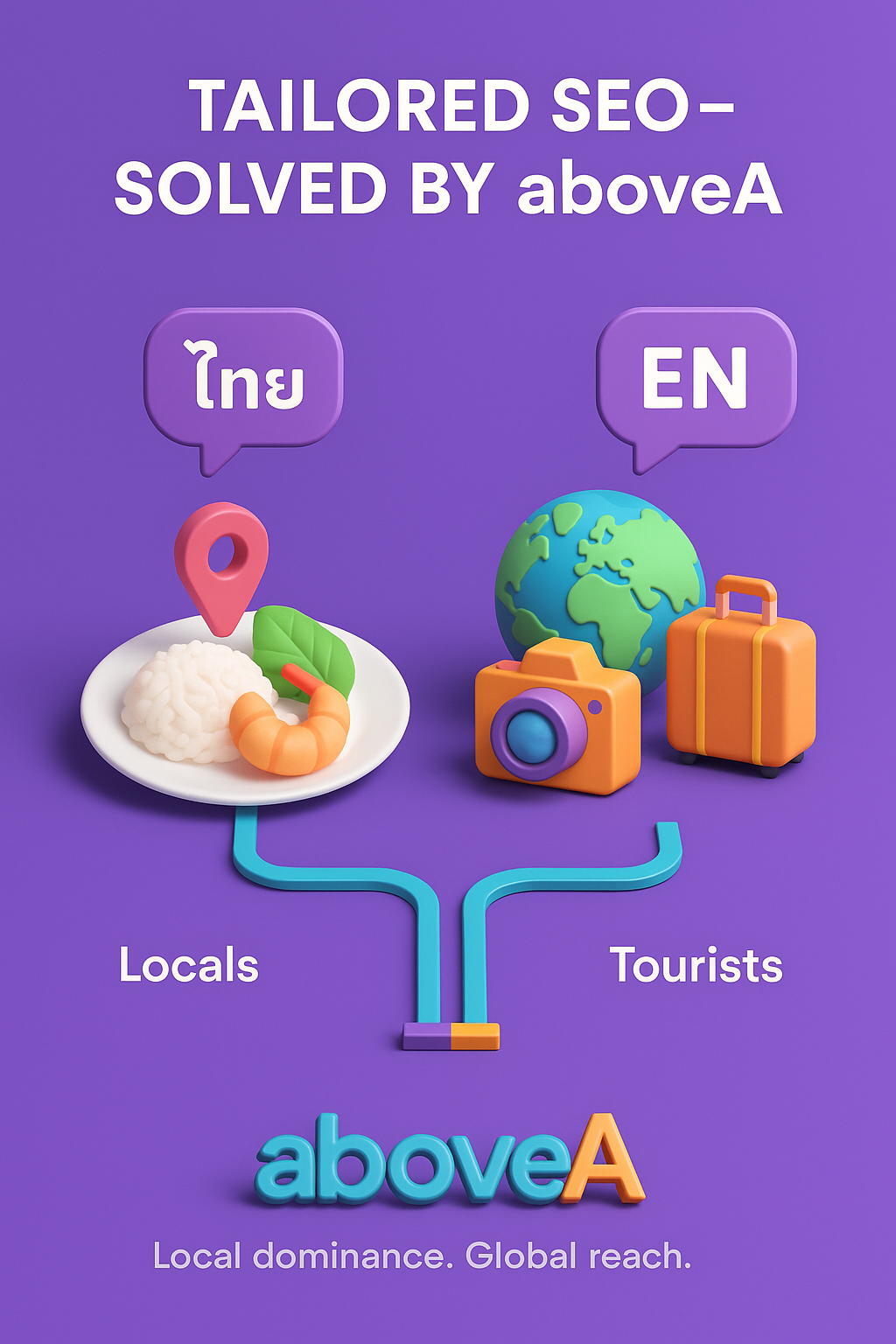
2025 SEO Stats for Thai Restaurants You Must Know
To understand where your customers are coming from, you need the numbers. Here’s what’s shaping restaurant SEO in 2025:
| Trend | Meaning | What You Can Do |
|---|---|---|
| 65.4 million internet users (91.2% of population) (DataReportal) | Nearly everyone in Thailand is online, making digital visibility critical. | Keep your restaurant’s online profiles updated and consistent across platforms. |
| 99.5 million mobile connections (139% penetration) (DataReportal) | Customers often use multiple devices, mostly mobile, to search for dining options. | Optimize your website, menus, and booking systems for mobile-first browsing. |
| 51 million social media identities (71.1% of population) (Meltwater) | Social platforms are key channels for restaurant discovery and engagement. | Post regularly on Facebook, Instagram, and TikTok with high-quality food visuals. |
| 60%+ of mobile restaurant searches lead to a visit within 24 hours (Google Research 2025) | Mobile search intent for restaurants is high and often results in quick visits. | Focus on Google Maps SEO, accurate hours, and appealing photos to capture intent. |
| 28.2 million international visitors in 2024, 32M+ expected in 2025 (TAT) | Tourism is rebounding strongly, boosting international dining demand. | Invest in international SEO with multi-language content and tourist-focused promotions. |
| 68% of tourists cite dining as a top reason for visiting (TAT Culinary Report) | Food experiences are a major draw for travelers to Thailand. | Create unique dishes or experiences worth sharing on social media and review sites. |
In 2025, Thai restaurants that connect with both local and global audiences will thrive. Combining local SEO for immediate foot traffic and international SEO for pre-arrival bookings ensures steady business. Every click, search, and review is an opportunity – seize them before your competitors do.
Expand Locally and Internationally!
Final Thoughts
Thai restaurants that combine local and international SEO have a strong advantage. Local SEO keeps you full on weekdays. International SEO fills tables with tourists during peak travel months. Invest in both, keep content updated, and always measure results. With the right approach, your tables won’t stay empty for long.
Meet the Author

Faustas Norvaisa
A Growth & Product Expert with 9 years of experience in revenue diversification, international expansion, SEO, and digital marketing. Passionate about scaling businesses and building global brands, he empowers companies to thrive with his motto, "sharing is caring.

